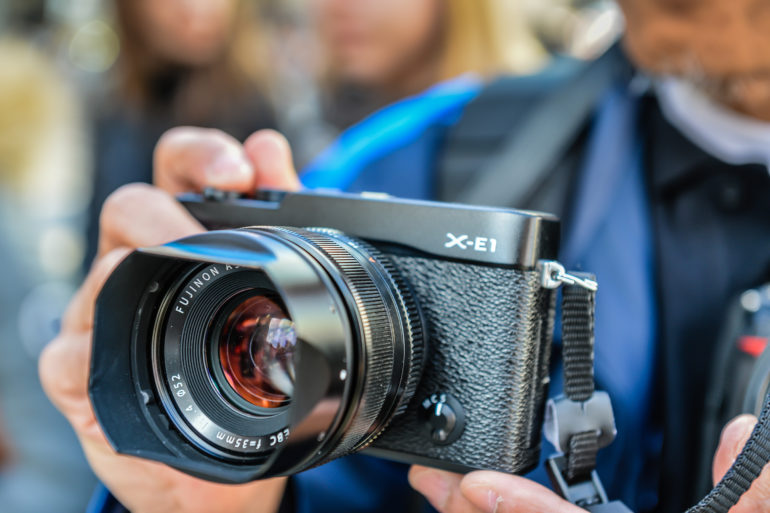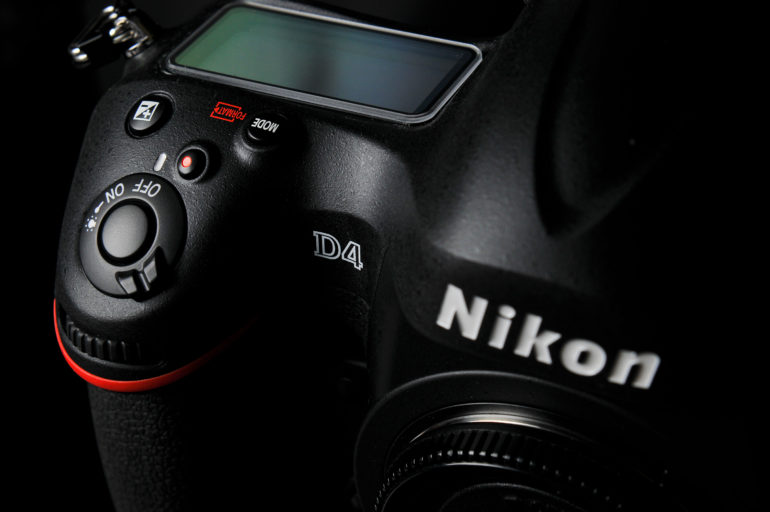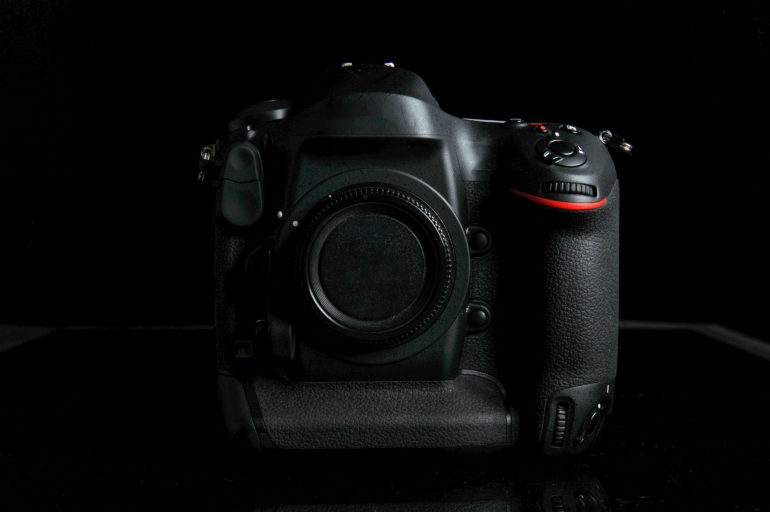We’re all fans of some photography brands. Some hold a special place in our hearts, and many among us defend them to no end. Other brands we can’t stand, and we secretly wish our favorite brand would do better than them. But this article isn’t about which brands are outshining others. Almost all leading camera manufacturers are guilty of doing (or not doing) one or more of the points below. What is worrying is that some of these unhealthy trends have continued for years. And manufacturers don’t seem to want to address these anytime soon. Which ones do you find most annoying?
You can view this article and much more with minimal ads in our brand new app for iOS, iPadOS, and Android.
This isn’t an exhaustive list by any means. These points are ones I’ve been discussing with fellow photographers for nearly a decade now. It makes me wonder why, despite these issues being addressed in camera forums, manufacturers pretend they’re a non-issue. Isn’t the voice of the consumer valid to them? Isn’t it annoying when existing users reach out to brands with feature requests, only to have them ignored?
Camera Manufacturers Not Providing Firmware Updates to Capable Older Cameras
Fujifilm is the most notable exception to this. I’m not a user of their cameras, but it brings me a smile to see them releasing firmware updates to old cameras. Many of these aren’t just updates that perform bug fixes. In many cases, they’ve brought AF performance of previous-generation cameras almost on par with current ones.

Let’s take the Fujifilm X-Pro2, a camera released to the public in early March 2016. Firmware version 5.00 made the following improvements:
- The low-light limit for phase detection autofocus has been improved by approximately 1.5 stops from 0.5EV to -1.0EV, raising the precision and speed of autofocus in low-light environments.
- The range at minimum aperture has been expanded from F8 to F11. For example, even when using the XF100-400mmF4.5-5.6 R LM OIS WR with the teleconverter XF2X TC WR, phase detection autofocus can now be used.
- Major improvements have been made to the AF-C performance while operating the zoom, which provides major benefits when shooting sports and other scenarios in which the subjects moves unpredictably.
- Finely-detailed surface textures of wild birds and wild animals can now be captured at high speed and with high precision as a result of improvement in phase detection autofocus.
Fujifilm’s firmware releases are a testament to the fact that even older cameras can perform better with things like autofocus and subject tracking. Of course, they do this without having to resort to newer or dual processors. Manufacturers try to push consumers to purchase newer models for improved features. Yes, we’d all like faster AF. And we’d never complain if Eye-AF was an added feature with a firmware update. Just don’t keep spinning the annoying old tale that new features need newer processors. Fujifilm clearly proves that older processors can be improved upon if brands just took the effort to work on them. You don’t always need that latest camera; sometimes all you need is just a newer firmware for your current one. By continuing to support even first-generation models of their X-line of digital cameras, Fujifilm keeps their fan base loyal. We only wish more camera manufacturers would do the same.

In September of 2020, a whole bunch of Fujifilm’s cameras received firmware updates. These included the following: X-T4, X-T3, X-T2, X-T1, X-H1, X-Pro3, X-Pro2, X-Pro1, X-E3, X-T20, and X-T30. No doubt, it takes up a considerable amount of their R&D budget, but by continuing to innovate in this fashion, they ensure their customers stick by them. Plus it frees up customers from wanting that newest camera and instead focusing their budget on buying better lenses.
Not Innovating Enough to Fill a Genuine Need
I can’t pinpoint which camera model was the first to introduce a handgrip as part of its ergonomics. But you’ve probably realized at some point that every camera grip is meant to be held by your right hand. Every single one of them. Some studies say that a tenth of the world population is left-handed, so why hasn’t this demographic been catered to?

I was invited to a focus group by one of the leading camera brands a couple of years ago. At this event, I mentioned the non-existence of these kinds of cameras to the chairperson who had come down from their Japanese HQ. The suggestion was warmly received, but he definitely looked surprised to hear it. I’m not left-handed, but I’ve often wondered what’s stopped a brand from being the first to make this kind of camera. It might not catch on instantly, but if you were a leftie and had the choice between picking a regular camera and one designed for your dominant hand, which one would you pick? How annoying has it been for left-handed photographers to not have this option by now?

It doesn’t matter if you’re a photographer already. You’d get used to the new layout with some practice. Before you know it, it’d be imprinted into your muscle memory: just as it took me a few weeks to get used to the reversed-zooming mechanism on my Sigma 120-200 f2.8 lens. Being used to Nikon lenses, this Sigma was confusing at first, but I got used to it. The question I’m posing to brands is this – why hasn’t someone taken a decision to manufacture a camera model for left-handed photographers? Who’s going to read this and be the first to innovate?
Camera Manufacturers Not Giving Prime Lenses as a Kit Lens Option
Most kit lenses bundled with cameras for the last decade have been variable aperture lenses. We’ve seen the Sony 16-50mm f3.5-5.6, Nikon 18-55mm f3.5-5.6, Canon 18-55mm f3.5-5.6, and the Fujifilm 18-55mm f2.8-4. I used to tutor beginners in photography, and one of the hardest things to explain to them was aperture. Specifically, why the aperture on these kit lenses would stop down as they zoomed in with these lenses. I’ve lost count of how many colleagues bought cameras with kit lenses, then quit photography soon after. When asked what the reason was, many of them expressed an inability to understand why they kept getting blurry pictures. It was annoying for them that an image they’d metered at 18mm f3.5, would be darker when they zoomed in.

It’s disheartening to see someone stop practicing photography due to what they thought was a gear limitation. You could argue that this is a problem the photographer needs to deal with, not the camera brand (and you’d be right). It stems from an improper understanding of the basic principles of photography and how lenses work. But, what happens when a consumer finds something annoying enough to want to stop taking photos. That eventually translates into a loss for the camera brand they bought into. They end up believing that the camera they bought isn’t working the way it should.
Now, I’m not here to bash kit lenses. At The Phoblographer, we believe the kit lens is a good gateway to photography. But hear me out on this. If brands bundled a low cost 50mm f1.8 or 35mm f1.8 lens with their entry-level cameras, I believe the following could happen:
- New photographers would be able to understand light metering and depth of field better.
- They’d understand how aperture works a lot sooner.
- Having understood the benefits of wide aperture lenses, when they need to expand their gear list, they’re more likely to look into fixed aperture zoom lenses like the 24-70 f2.8.
- Owning a compact prime lens can easily help form a creative vision for photography.
It’s a win-win situation as far as I see. The logic by which camera manufacturers currently seem to be going by is to allow consumers the flexibility of zooming and composing their images. But I think more people would practice and invest in photography if they had a prime lens at the start of their photography journey.
Pretending Like a Major Manufacturing Flaw Doesn’t Exist
One of the more affordable full-frame cameras to be released over eight years ago was the Nikon D600. Coming about four years after its much-adored D700, it was around $900 cheaper at launch time. Nikon users who hadn’t moved to full-frame because of pricing concerns immediately grabbed this camera. The price was right, the specs were great; here was the perfect camera to move out of the crop sensor segment. And then the issue began…

Getting dust on your digital camera’s sensor is almost unavoidable, but what do you do when those spots you see aren’t dust but oil splatter in your new camera? Sensor cleaning worked, but the spots kept reappearing. The right thing would have been to launch an internal investigation to find out the source of the issue. Yet Nikon initially tried to brush this issue aside by recommending sensor cleanings with an air blower. They also advised users to bring their cameras to the nearest Nikon service centers if the problem persisted. This wasn’t, however, acknowledgment of a manufacturing issue. Understandably enough, consumers were outraged by this. I’d seen the problem myself on a close friend’s D600. Imagine having to shoot a bunch of portraits, only to spend hours in Lightroom trying to clone out all those spots on each image. It was downright annoying and completely unwarranted.
While this problem was happening, Nikon announced the D610 barely a year later. A lot of people, including myself, were surprised at this. Was this a step towards fixing the issues plaguing D600 users? Would all defective units be recalled and replaced with a D610 (bear in mind, this problem wasn’t with all D600 units)? Yes, it wouldn’t be cheap, but it was the right thing to do. Why would consumers have to live with a manufacturing defect? But they really had to take note when, in early 2014, a Chinese state TV channel ran an investigative report about this issue. They even accused Nikon of knowingly continuing to sell a defective model to consumers.
In the end, it took a class-action lawsuit for the company to begin taking serious steps towards mending consumer confidence. By mid-2014, Nikon launched a recall and replace programme allowing owners of faulty D600 units to send them in and replace them with D610 bodies. Had this been done sooner, it would have saved them considerable embarrassment. Thankfully for consumers, issues with cameras in the years to come were quickly acknowledged and addressed by Nikon after the D600 fiasco.

What other annoying things can you think of that camera manufacturers do? And what are things they can change to innovate more?